Remember when the original Galaxy Fold felt like carrying a small brick? Fast-forward to 2025, and Samsung's latest engineering marvel—the Galaxy Z Fold 7—is just 4.2mm thick when unfolded, thinner than two stacked nickels. At 8.9mm folded, it's achieved a 48% reduction compared to that chunky 2019 original. Here's the kicker: Samsung didn't just make it thinner—they made it lighter than the Galaxy S25 Ultra at just 215 grams.
What you need to know: • The Fold 7 represents the biggest leap in Samsung's foldable evolution, with major hinge and display overhauls that unlock new manufacturing possibilities • Samsung achieved this while maintaining the same 4,400mAh battery capacity and adding flagship camera tech • The engineering changes required tough trade-offs—including ditching S Pen support entirely to make room for the breakthrough architecture
The Armor FlexHinge: where the magic happens
Samsung's breakthrough centers on what they're calling the Armor FlexHinge—a complete redesign that's both thinner and more durable than previous generations. But here's what makes this engineering significant: every module of the hinge is thinner, creating cascading space savings that influenced the entire device architecture. This wasn't just about shrinking existing components—Samsung had to fundamentally rethink how the mechanical system integrated with the displays and internal structure.
The engineering challenge went beyond simple miniaturization. The new hinge uses an enhanced water droplet design with multi-rail structure, allowing the display to curve more naturally when folded. This design choice created a engineering domino effect: better folding mechanics meant they could significantly reduce crease visibility, but it also required redesigning the entire display stack to work with the new curvature patterns.
Most importantly, the hinge's dual rail structure made of high-strength material that won't separate on impact represents a shift in Samsung's engineering philosophy—they're now designing foldables that prioritize crash resilience over simple operation, suggesting they view these devices as true flagship alternatives rather than delicate experiments.
Display engineering: solving the impossible equation
Here's where Samsung's display team really earned their engineering credentials. The challenge wasn't just making displays thinner—it was making them larger and more durable while fitting into a dramatically reduced space envelope. The Fold 7 packs an 8-inch main display (up from 7.6 inches) and a 6.5-inch cover screen with 21:9 aspect ratio into a thinner form factor.
The solution required what Samsung calls a "structured rebuild" of the display stack. They restructured the main display to be thinner yet stronger by implementing a Titanium plate layer—essentially creating a new foundation for the flexible components above. Simultaneously, they increased the Ultra-Thin Glass thickness by 50%, but engineered it to work with the titanium backing to actually reduce overall stack height.
This approach connects directly to the Armor FlexHinge redesign: the improved hinge mechanics allowed for more aggressive display curvature, which enabled the titanium-reinforced stack to fold tighter without stress fractures. The result is 11% larger screen area than the Fold 6, with both displays featuring 1-120Hz dynamic refresh rates and peak brightness up to 2,600 nits.
The trade-offs: engineering priorities revealed
Samsung's engineering choices reveal their strategic priorities for foldable maturation. The biggest casualty? S Pen support is completely gone. Samsung removed the digitizer for the S Pen to reduce thickness, but this wasn't just about space—it was about acknowledging that mainstream foldable adoption requires optimizing for the features people actually use daily.
The battery decision is equally telling. Rather than pursuing silicon battery technology to increase capacity in the same space, Samsung maintained the same 4,400mAh battery capacity. Here's why that's smart engineering: Samsung's traditional lithium battery retains 80% capacity after 2,000 charging cycles, compared to just 1,600 cycles for competing silicon batteries. With seven years of software support promised, they prioritized device longevity over peak capacity specs.
The thermal engineering also improved: early reports suggest the Fold 7 runs cooler than the Fold 6, indicating the thinner design actually improved heat dissipation—likely through better thermal pathways created by the Armor FlexHinge's revised internal architecture.
Why this engineering leap matters now
Samsung's timing reflects deeper market calculations. At 8.9mm folded and 215 grams, the Fold 7 doesn't just match competitors—it beats Honor's Magic V5 (224g), Vivo's X Fold5 (236g), and Oppo's Find N5 (236g) in independent testing. Samsung has once again asserted dominance, but more importantly, they've solved the psychological barrier that kept foldables feeling like compromised devices.
The engineering significance extends beyond the device itself. Samsung's 26% thickness reduction in just the past year demonstrates they've hit an inflection point in their understanding of foldable architecture. The Armor FlexHinge's multi-rail structure and the titanium-reinforced display stack represent manufacturing approaches that can scale into more complex form factors.
This foundation becomes critical when you consider Samsung's broader ambitions: they've filed patents for quad-fold devices and tri-fold smartphones, both of which would require exactly the kind of space-efficient, crash-resilient hinge mechanisms pioneered in the Fold 7.
The engineering evolution continues
The Fold 7's architecture sets the stage for Samsung's next-generation experiments. The company is experimenting with silicon batteries, meaning future versions could leverage the space savings achieved through the Armor FlexHinge and display redesign to pack significantly more power into similarly slim profiles.
With the Fold 7 starting at $1,999, Samsung also proved that cutting-edge engineering doesn't require cutting-edge pricing increases—suggesting their manufacturing processes have matured enough to deliver breakthrough innovations at sustainable costs.
The Fold 7's engineering story isn't just about millimeters saved—it's about Samsung finally solving the fundamental challenge of making foldables feel inevitable rather than experimental. They've created an architecture that can support larger, more complex folding mechanisms while maintaining the durability and performance expectations of flagship smartphones. Cool, but definitely $2,000-cool.
Cover image via Samsung Newsroom




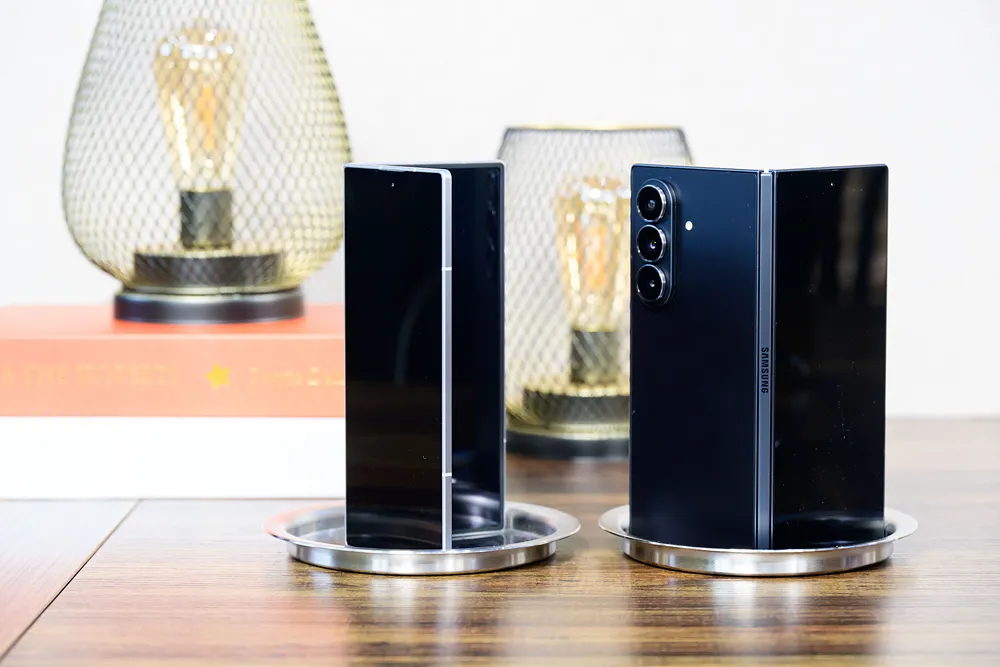

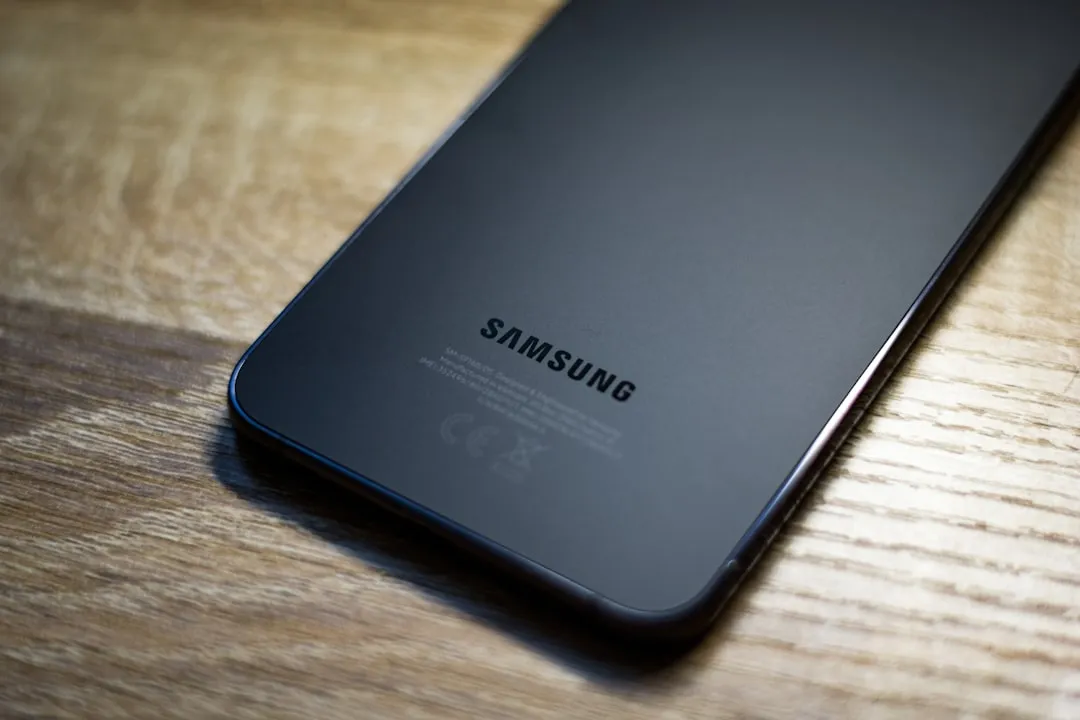

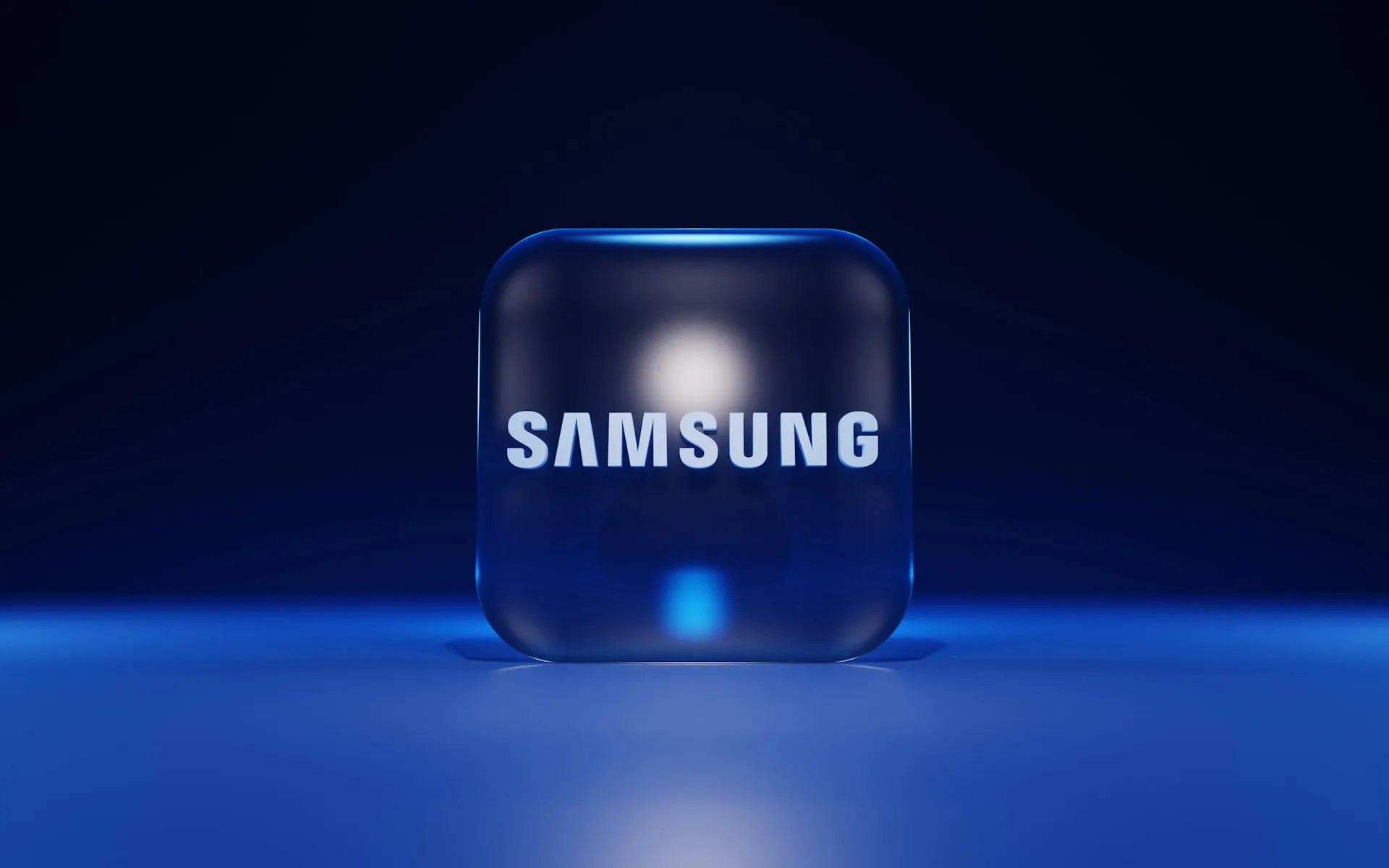


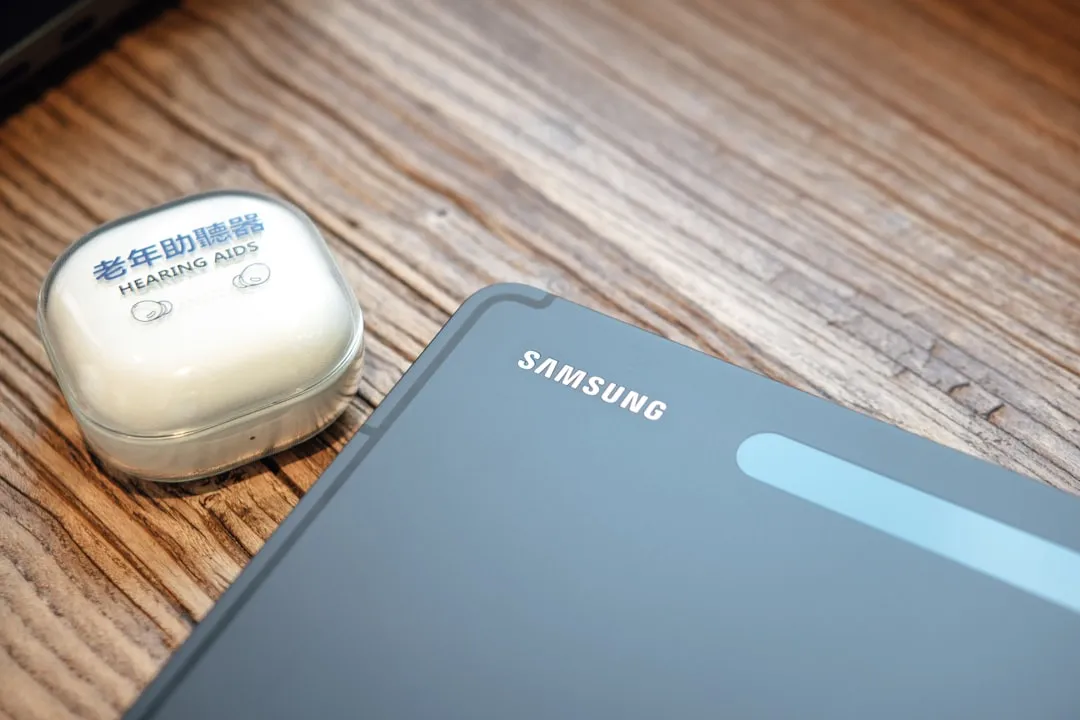
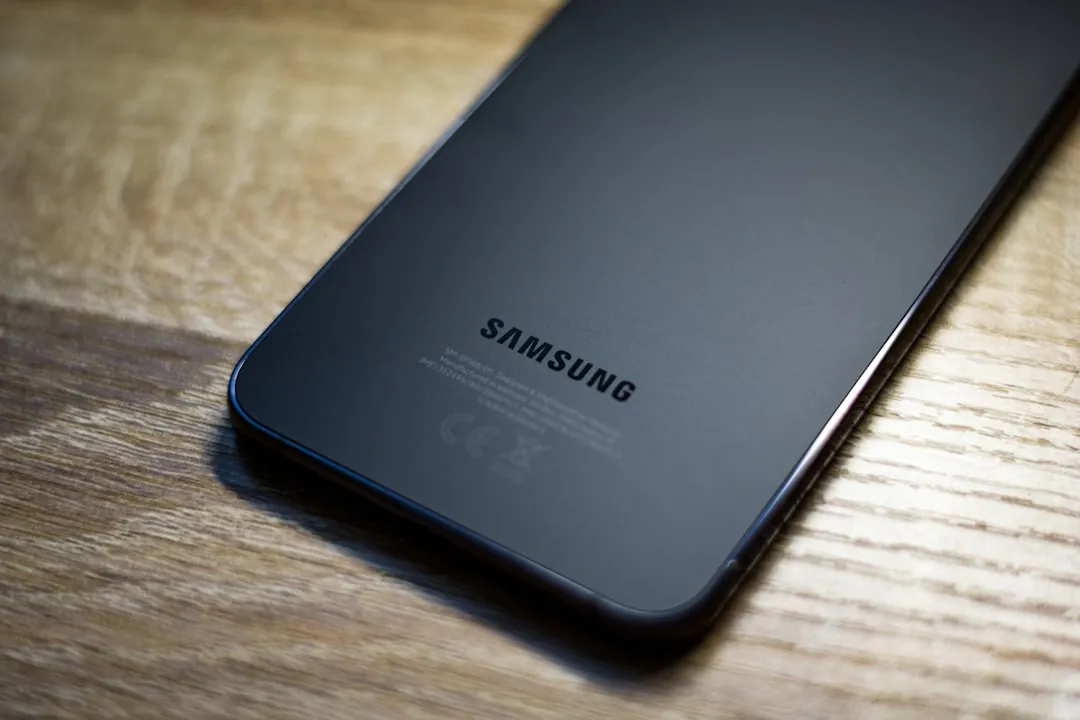



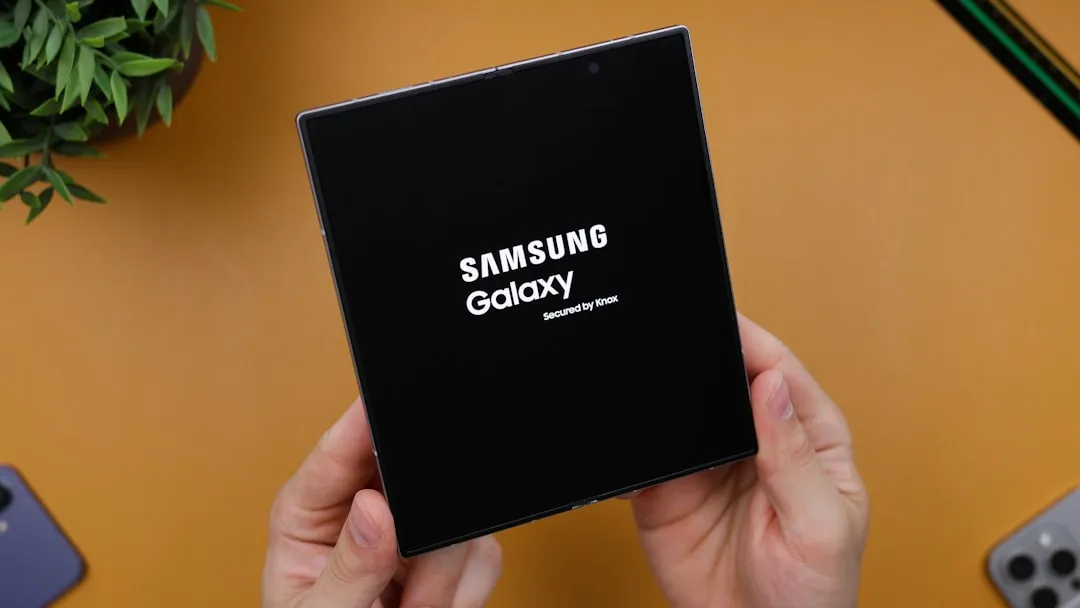

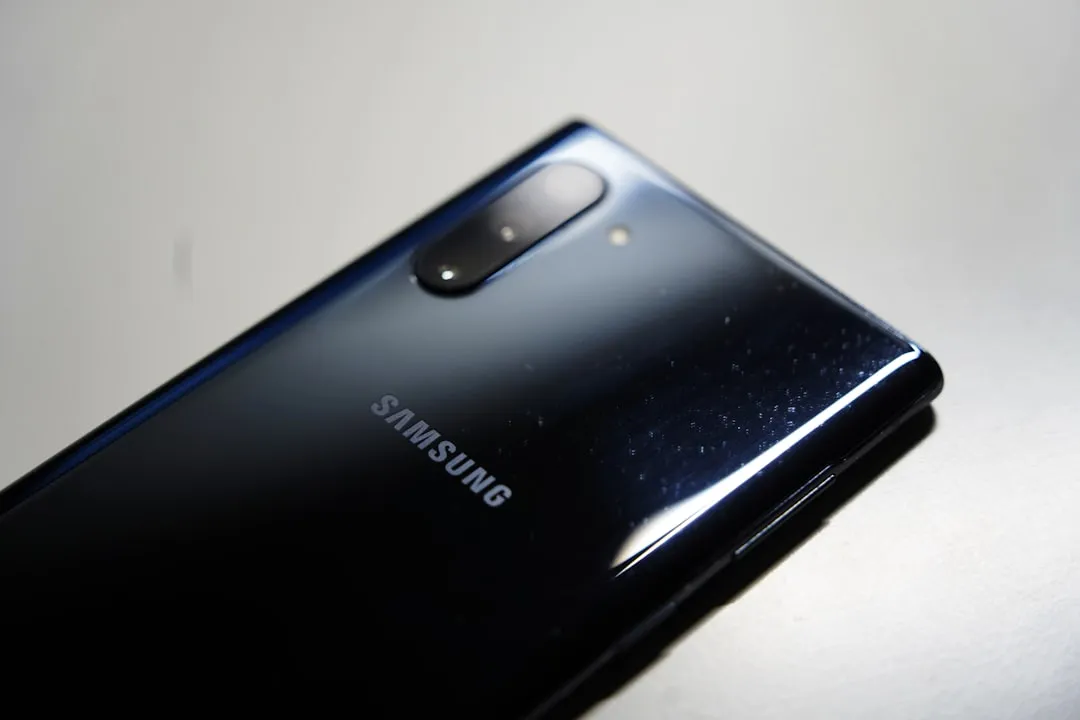
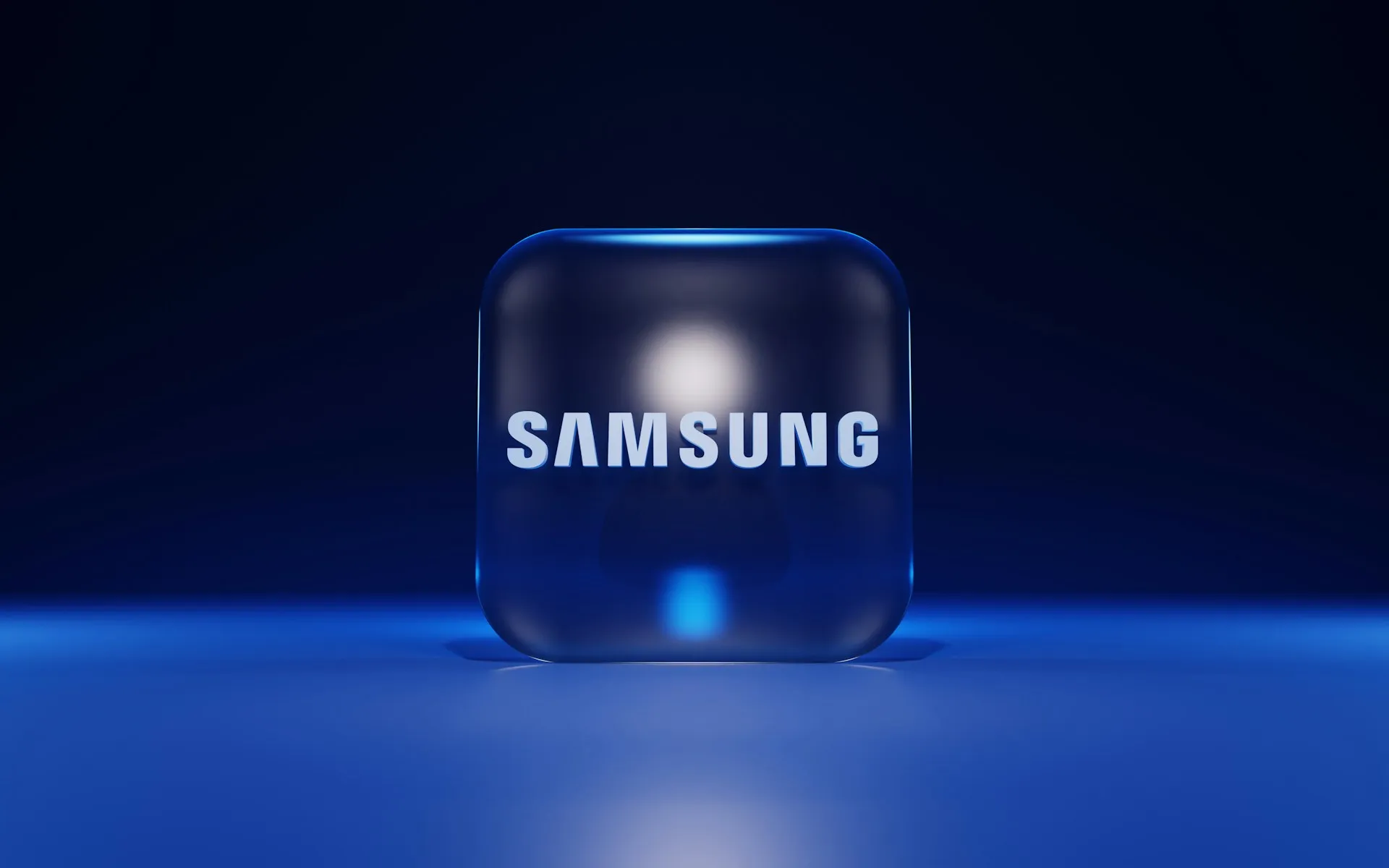
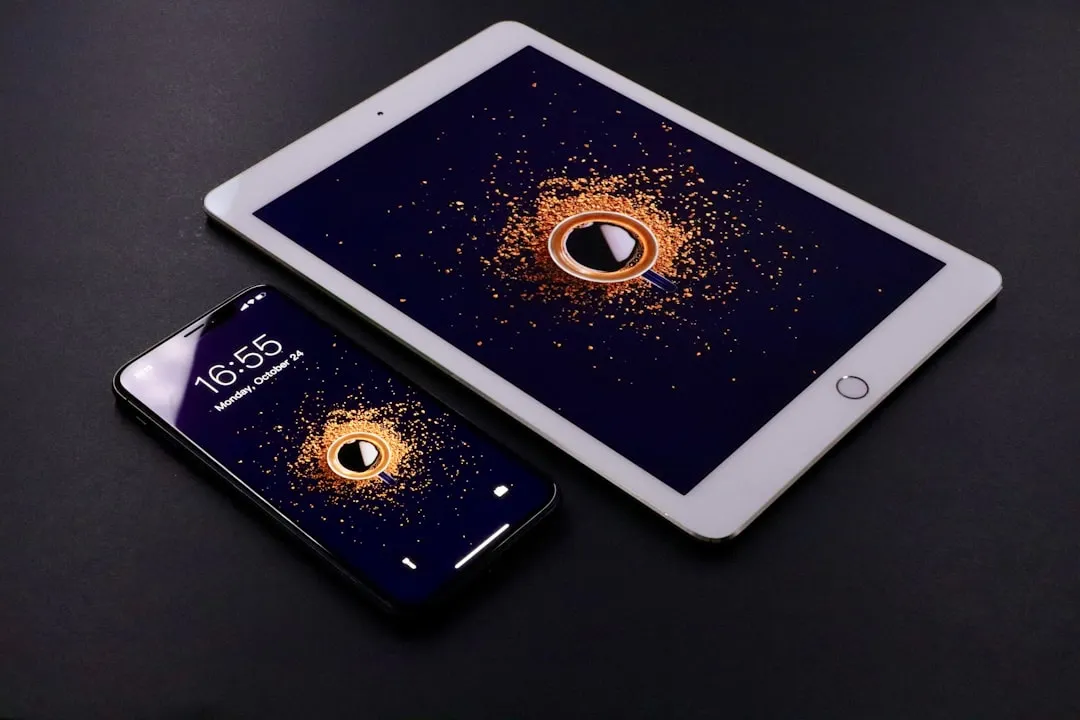
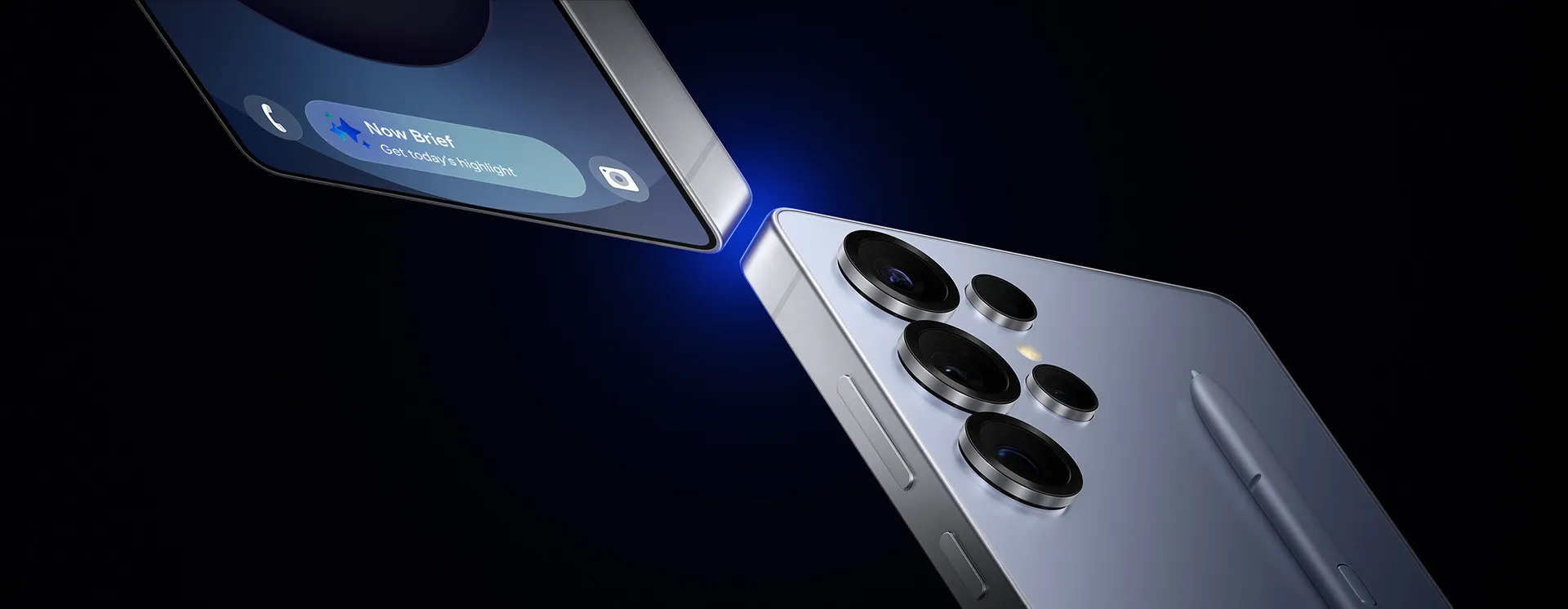

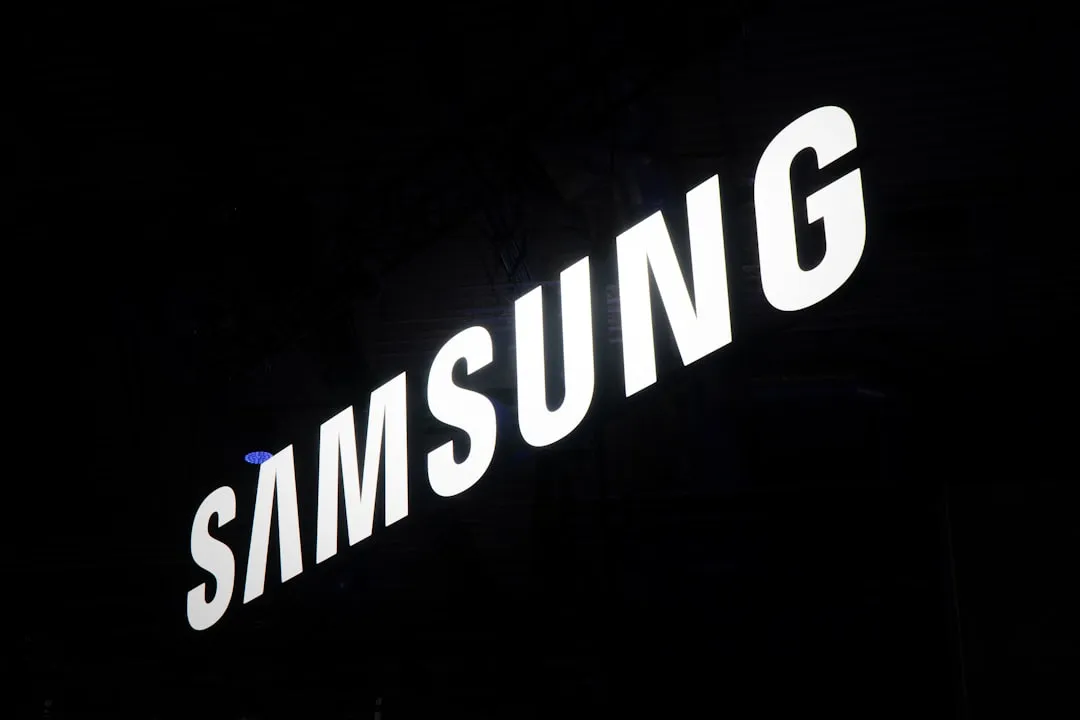

Comments
Be the first, drop a comment!